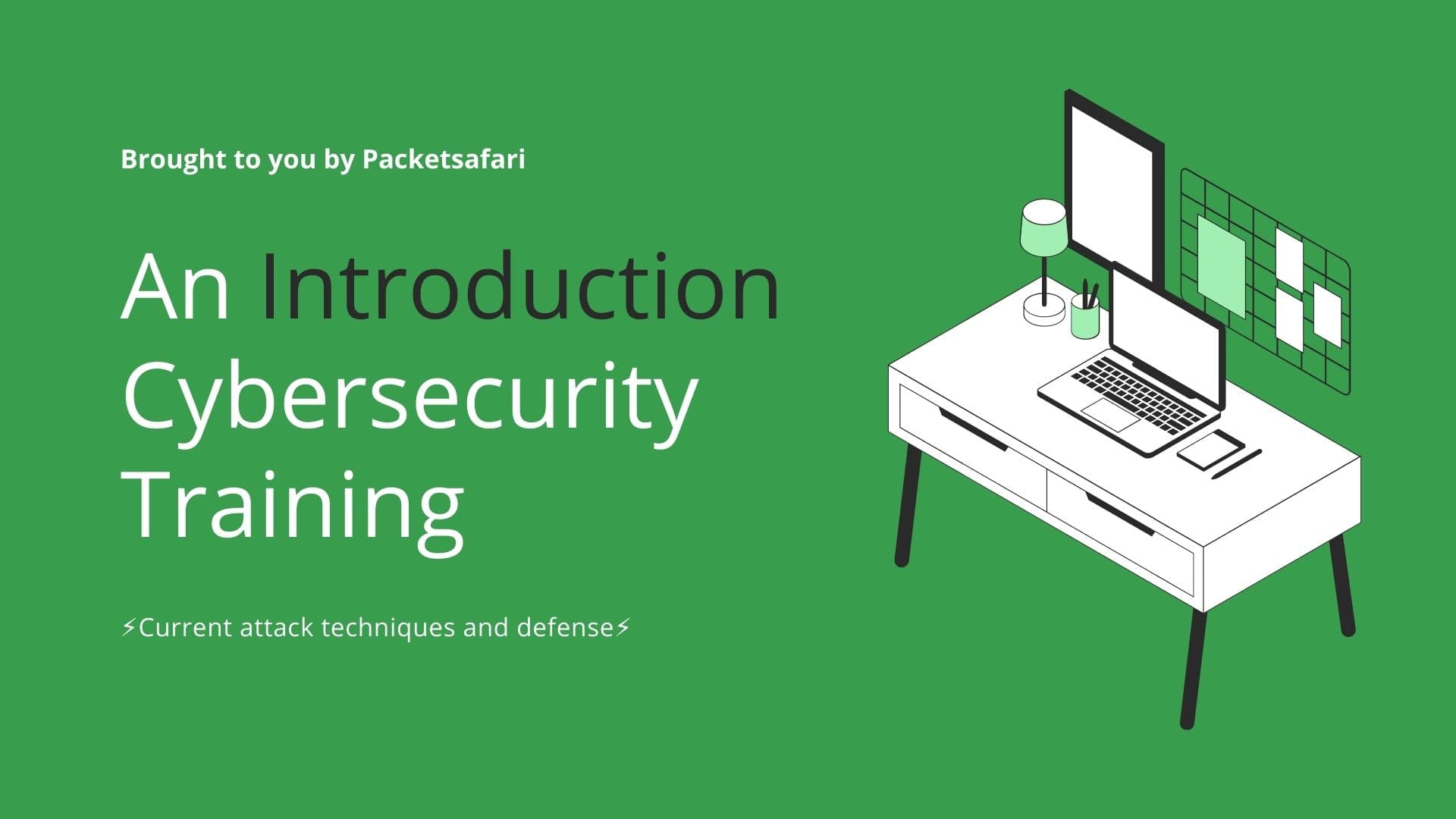Learn why multi-factor authentication is a crucial security measure for organizations looking to comply with the NIS2 Directive.
As organizations work to comply with the NIS2 Directive, one security measure that should be top of mind is multi-factor authentication. This authentication method provides an additional layer of security beyond traditional username and password credentials, making it significantly more difficult for hackers to gain unauthorized access to your network.
So, how does multi-factor authentication work? Essentially, it requires users to provide multiple forms of authentication before they are allowed access to a system. This could include a combination of something the user knows (like a password or PIN), something they have (such as a smart card or USB token), and something they are (like a fingerprint or facial recognition). By requiring multiple forms of authentication, multi-factor authentication significantly reduces the likelihood of a cyberattack succeeding.
But why is multi-factor authentication so important for organizations seeking to comply with the NIS2 Directive? Essentially, it comes down to the Directive’s requirement that organizations maintain appropriate access controls and authentication methods. Multi-factor authentication is widely recognized as one of the most effective ways to meet these requirements, providing a high level of security against both external and internal threats.
In addition, multi-factor authentication can help organizations save money in the long run by reducing the likelihood of costly data breaches. Research shows that the majority of data breaches are caused by weak or compromised passwords, which can easily be exploited by cyber criminals. By requiring additional forms of authentication, multi-factor authentication closes this vulnerability and makes it significantly more difficult for hackers to gain access to your network.
So, if you’re looking to comply with the NIS2 Directive and improve the overall security of your organization, it’s critical to consider implementing multi-factor authentication. By taking this step, you can significantly reduce the likelihood of a successful cyberattack and protect your organization against potential data breaches.



